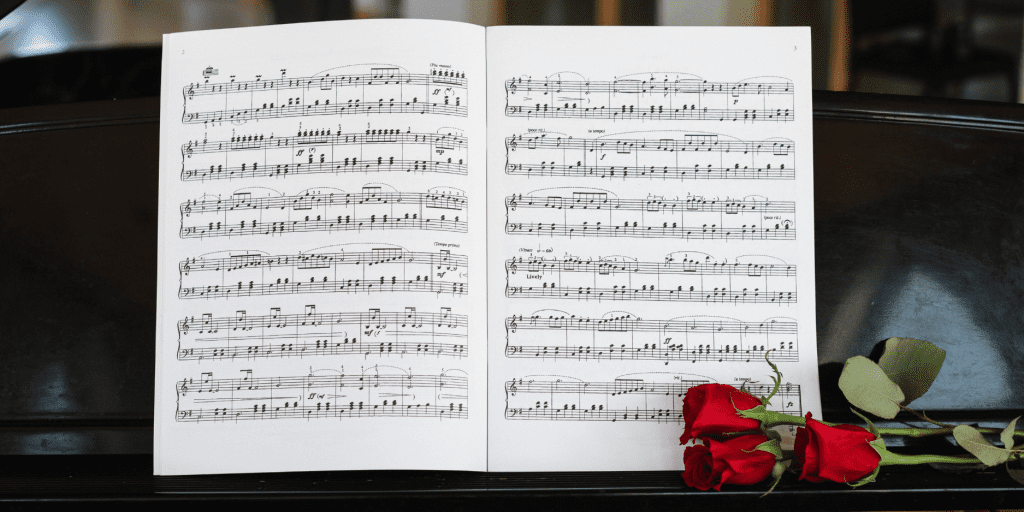
Don’t miss Suzanne Newcomb’s Inspiring Artistry contribution about Beethoven’s Sonatina in G Major, which includes information on how to effectively teach the piece.
Why is it important for students to learn Classical-period repertoire? What are some of the benefits?
Classical-period repertoire represents the foundation of much of the piano music that follows it! Baroque composers (Bach, Scarlatti, and more) paved the way for the keyboard (primarily the harpsichord) to serve as a solo performing instrument. Later developments of the pianoforte helped classical composers write pieces with more contrasting sounds than ever before. Students will benefit from learning how to play with clear dynamics with very little help from the pedal. From a technical standpoint, they can finally use all they have learned from practicing scales! In Classical-era music, it is essential that a student plays rhythmically and with a steady beat. Metronome work is important, but the student needs to develop an internal sense of the beat, employing only the slightest bit of rubato.
When do you start transitioning students to Classical period repertoire?
There is more intermediate-level piano music written during the Classical period than one could ever study. It’s important to start before this level to help the student understand the style. The Alberti bass pattern is introduced in Piano Adventures as early as Level 3A. As a late beginner, students can play repertoire from the Faber Piano Sonatinas Book 1 as well as Classical offerings in anthologies by Keith Snell, Lynn Freeman Olson, and the Faber Piano Literature books. Some of the classical pieces even stay in a five-finger position.
What are some of your favorite Classical-era pieces to teach, including lesser-known and flashier pieces?
My students (even college students) love the Sonatina in G Major by Thomas Attwood. Solfeggietto by C. P. E. Bach is fun and challenging. The Sonatina in A Minor by Jiri Benda has some arpeggio flourishes and toccata-like sections. I love Beethoven’s early sonatinas, Mozart’s Viennese Sonatinas, and always include sonatinas by Clementi, Kuhlau, and Dussek. Studying these pieces first sets a student up for success when they begin the full sonatas of Mozart, Beethoven, and Haydn.
Classical-period repertoire represents the foundation of much of the piano music that follows it.
What are some ways you help make Classical-period repertoire engaging and interesting for your students?
My students and I love studying the development of the piano and the music that was composed during that time. I recommend Music and Musicians I and II by Nancy Bachus. The artwork is beautiful, as are the musical listening examples. We also listen to and watch great artists perform these monumental works. We are fortunate to have an authentic pianoforte in our community that we can visit for a class field trip! We also attend concerts together so the students can experience this great music performed in an exciting live setting.
OTHER RESOURCES YOU MIGHT ENJOY
- VIDEO: Beethoven: Sonatina in G Major by Suzanne Newcomb
- ARTICLE: Improvisation: The Classical Way by Alexander Kato-Willis
- ARTICLE: A Master Class on Three Favorite Beethoven Sonata Movements by Nancy Bachus, Jerry Wong and Peter Takács
- COURSE: Classical Sonatinas and Sonatas at the Piano led by Jerry Wong, Peter Takacs, Amy Glennon, Ratko Delorko
- Use our search feature to discover more!